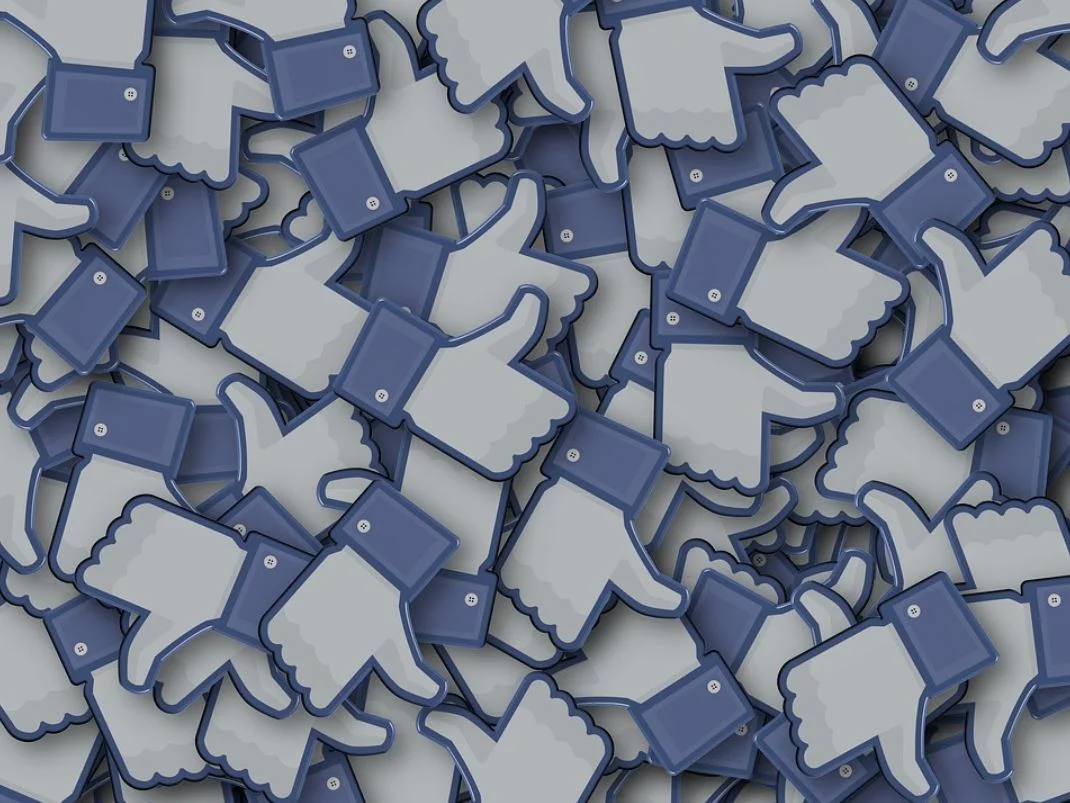Regardless if you find Facebook page likes to be a vanity metric or not, most businesses and brands strive to get as many followers as possible. Luckily there are some good ways to gain new followers and can be achieved with both small and large advertising budgets.
Read MoreWe ran our own polling campaign to verify Facebook's ad recall lift rate metric and were surprised by what we found.
Read MoreMany of us use reactions to express how we feel about a certain post or ad in our Facebook feed, when texting our friends, posting on Instagram, or even when we send a Snap to our friends. Since Facebook Reactions were first introduced eight years ago with the thumbs up ‘Like’ button that later expanded with the ‘Haha’, ‘Love’, ‘Sad’, ‘Wow’ and ‘Angry’ buttons, these little icons have fast become a permanent fixture in the way we communicate on social media. In fact, it seems we have so many bottled up emotions to share that since Facebook first launched Reactions, we have used them over 300 billion times, totaling a whopping 800 million uses each day!
The Facebook algorithm determines what content users see in their feeds at any given time. However, understanding Facebook’s algorithm is a bit of a science. Fortunately, in the last few years, Facebook has begun sharing more about how their news feed algorithm works, what it favors over what it doesn’t, and what it means for brands. Speculation by users finally got Facebook to admit that using Reactions impacts the way a user’s news feed looks. Furthermore, Facebook’s algorithm seems to focus more on the ‘Love’, ‘Sad’, ‘Angry’ and ‘Haha’ Reactions over the ‘Like’ button, allowing these little icons to decide what will appear in a user’s feed.
Read More




